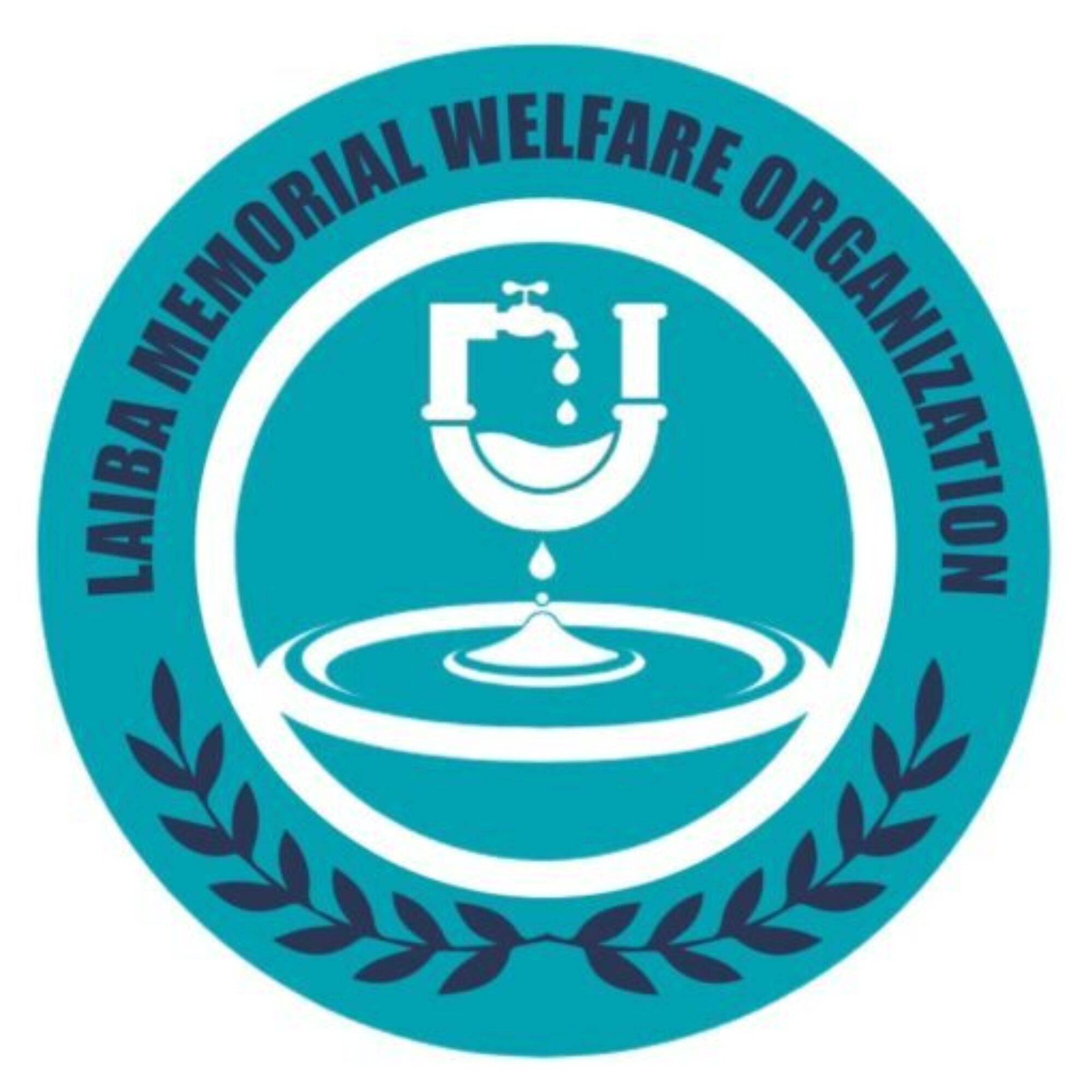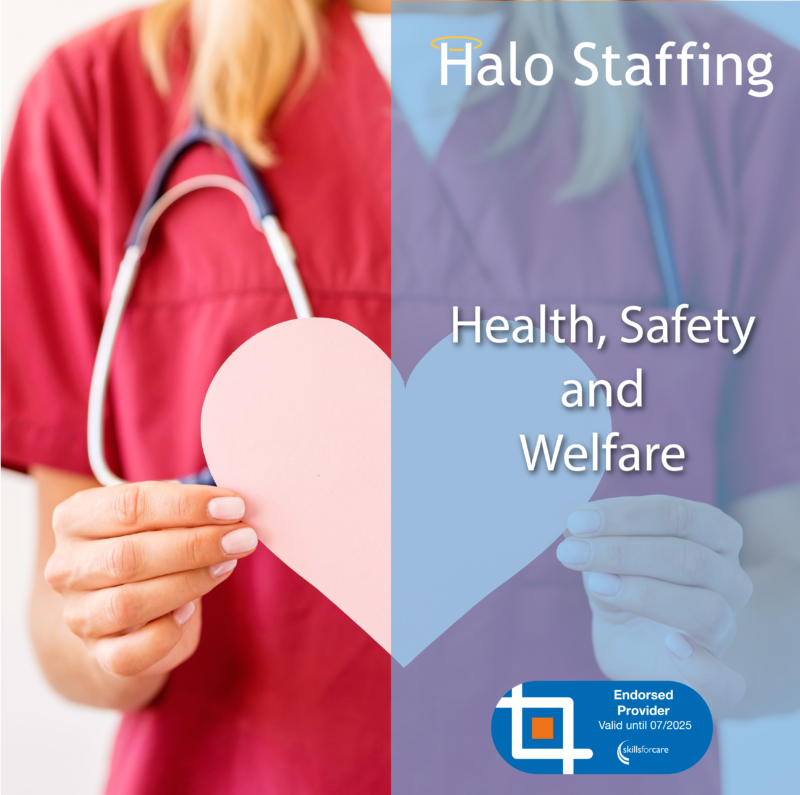When life throws unexpected challenges your way, knowing where to turn for help can make all the difference. The Lehigh Welfare Office is more than just a government agency—it’s a lifeline for individuals and families seeking financial, healthcare, and social support. Whether you’re dealing with unemployment, housing instability, or medical expenses, this office has got your back. So, let’s dive into what they offer, how they work, and why it matters to you.
Let’s be real, life ain’t always a bed of roses. Sometimes, we hit bumps in the road that feel impossible to navigate alone. That’s where the Lehigh Welfare Office comes in. They’re like your personal safety net, offering a range of services designed to help you get back on your feet. From food assistance to healthcare programs, they’ve got programs tailored to meet different needs.
But here’s the thing—knowing what’s available and how to access these resources isn’t always straightforward. That’s why we’ve put together this comprehensive guide. We’ll break down everything you need to know about the Lehigh Welfare Office, including eligibility requirements, application processes, and the types of assistance they provide. So grab a cup of coffee, sit back, and let’s figure this out together!
Read also:Dana Perino Salary Fox The Inside Scoop On Her Fox News Earnings And Career Journey
What Exactly Is the Lehigh Welfare Office?
The Lehigh Welfare Office is essentially a hub for social services within the Lehigh County area. It operates under the broader umbrella of state and federal welfare programs, ensuring that residents have access to essential support during tough times. Think of it as a one-stop shop for all things related to public assistance.
Here’s the deal: the office handles a variety of programs, from SNAP (Supplemental Nutrition Assistance Program) to Medicaid and TANF (Temporary Assistance for Needy Families). These programs are designed to address specific challenges people face, whether it’s feeding their families, paying medical bills, or finding affordable housing.
Key Programs Offered by the Lehigh Welfare Office
Let’s break down some of the main programs offered by the Lehigh Welfare Office:
- SNAP: Helps low-income individuals and families buy food. This program is super important because, let’s face it, everyone needs to eat.
- Medicaid: Provides healthcare coverage for those who can’t afford private insurance. It’s a game-changer for folks dealing with chronic illnesses or unexpected medical emergencies.
- TANF: Offers temporary financial assistance to families with children. The goal is to help parents get back on their feet while ensuring kids have what they need.
- LIHEAP: Assists with heating and cooling costs during extreme weather conditions. This one’s crucial for keeping homes comfortable year-round.
See? There’s something for everyone, depending on your situation. And don’t worry—we’ll dive deeper into each program later on.
How Does the Lehigh Welfare Office Work?
Alright, so now you know what the Lehigh Welfare Office offers, but how exactly does it function? Here’s the lowdown: the office works closely with state and federal agencies to administer various assistance programs. They evaluate applications, determine eligibility, and disburse benefits accordingly.
It’s worth noting that the process isn’t always quick or easy. There’s paperwork involved, and sometimes it takes a bit of time to get approved. But trust me, the effort is worth it when you’re struggling to make ends meet.
Read also:Elyes Gabel Height Discover The Stars Real Height And More
Eligibility Requirements for Lehigh Welfare Programs
Not everyone qualifies for welfare programs, though. Here’s a quick rundown of the eligibility criteria:
- Income Limits: Most programs have income caps based on household size. If you earn above a certain amount, you might not qualify.
- Citizenship Status: Generally, only U.S. citizens or eligible non-citizens can apply. There are exceptions, though, so it’s worth checking.
- Residency: You need to live in Lehigh County to access these specific services. However, similar programs exist in other counties if you’re outside the area.
Confused? Don’t worry. We’ll walk you through the application process next.
Applying for Assistance at the Lehigh Welfare Office
Now, let’s talk about the nitty-gritty of applying for assistance. First things first, gather all the necessary documents. You’ll need proof of income, residency, and citizenship, along with any other relevant paperwork. Trust me, having everything organized upfront will save you a ton of headaches.
Once you’ve got your ducks in a row, you can apply either online or in person. Online applications are convenient, but if you prefer face-to-face interaction, the office is open during regular business hours. Just be prepared for potential wait times, especially during peak seasons.
Tips for a Smooth Application Process
Here are a few tips to make your application go as smoothly as possible:
- Double-check all your documents before submitting them.
- Be honest and thorough in your application—any discrepancies could delay approval.
- Follow up if you haven’t heard back within the expected timeframe.
And remember, if you run into issues, don’t hesitate to ask for help. The staff at the Lehigh Welfare Office is there to assist you, not judge you.
Types of Assistance Available Through the Lehigh Welfare Office
Let’s take a closer look at the different types of assistance you can receive:
Food Assistance
Through SNAP, you can get an EBT card loaded with funds to purchase groceries. This program ensures that no one goes hungry, even when money’s tight. Plus, certain stores offer discounts or promotions for EBT users, so it’s worth exploring those options.
Healthcare Coverage
Medicaid provides comprehensive healthcare coverage, including doctor visits, hospital stays, and prescription medications. It’s especially valuable for families with young children or individuals with pre-existing conditions.
Housing Support
While the Lehigh Welfare Office doesn’t directly handle housing, they can connect you with resources like Section 8 vouchers or emergency shelter programs. These initiatives aim to keep families safe and stable.
Challenges Faced by the Lehigh Welfare Office
Of course, nothing’s perfect. The Lehigh Welfare Office faces its own set of challenges, from budget constraints to staffing shortages. Sometimes, these issues result in delays or reduced services. But hey, they’re doing the best they can with what they’ve got.
One major hurdle is combating stigma. Unfortunately, there’s still a misconception that people on welfare are somehow “taking advantage” of the system. Nothing could be further from the truth. Most recipients genuinely need the help and are actively working toward self-sufficiency.
Overcoming Stigma and Misconceptions
So, how do we tackle these negative stereotypes? Education and awareness are key. By sharing stories of real people who’ve benefited from welfare programs, we can humanize the experience and dispel myths. After all, everyone deserves a helping hand when they’re down.
Data and Statistics on Lehigh Welfare Programs
Let’s crunch some numbers. According to recent data, over 20,000 individuals in Lehigh County receive some form of welfare assistance annually. That’s a significant portion of the population relying on these vital services.
Additionally, studies show that programs like SNAP not only reduce hunger but also boost local economies by increasing consumer spending. It’s a win-win situation for everyone involved.
Success Stories from Lehigh Welfare Office Recipients
Want proof that these programs work? Check out these inspiring success stories:
Jane Doe, a single mom of three, turned her life around with the help of TANF. She used the temporary financial assistance to complete her GED and land a stable job. Now, she’s thriving and giving back to her community.
John Smith, a disabled veteran, relied on Medicaid to manage his medical expenses. Thanks to the program, he was able to access life-saving treatments without worrying about bankruptcy.
Why Sharing Stories Matters
Hearing firsthand accounts puts a human face on welfare programs. It reminds us that these services aren’t just abstract concepts—they’re lifelines for real people.
How You Can Get Involved
Feeling inspired? There are plenty of ways to get involved and support the Lehigh Welfare Office’s mission. You can volunteer your time, donate resources, or advocate for policy changes that benefit vulnerable populations.
Even small actions, like spreading awareness or volunteering at a local food bank, can make a big difference. Together, we can create a more compassionate and equitable society.
Conclusion: Taking the First Step Toward Stability
There you have it—the ins and outs of the Lehigh Welfare Office. From food assistance to healthcare coverage, this office plays a critical role in supporting individuals and families in need. If you’re facing tough times, don’t hesitate to reach out for help. You’re not alone, and there’s no shame in asking for support.
So, what’s your next step? Whether it’s applying for benefits, sharing this article with someone who might need it, or getting involved in advocacy efforts, every action counts. Let’s work together to build a stronger, more supportive community for everyone.
Table of Contents
- What Exactly Is the Lehigh Welfare Office?
- Key Programs Offered by the Lehigh Welfare Office
- How Does the Lehigh Welfare Office Work?
- Eligibility Requirements for Lehigh Welfare Programs
- Applying for Assistance at the Lehigh Welfare Office
- Types of Assistance Available Through the Lehigh Welfare Office
- Challenges Faced by the Lehigh Welfare Office
- Data and Statistics on Lehigh Welfare Programs
- Success Stories from Lehigh Welfare Office Recipients
- How You Can Get Involved


